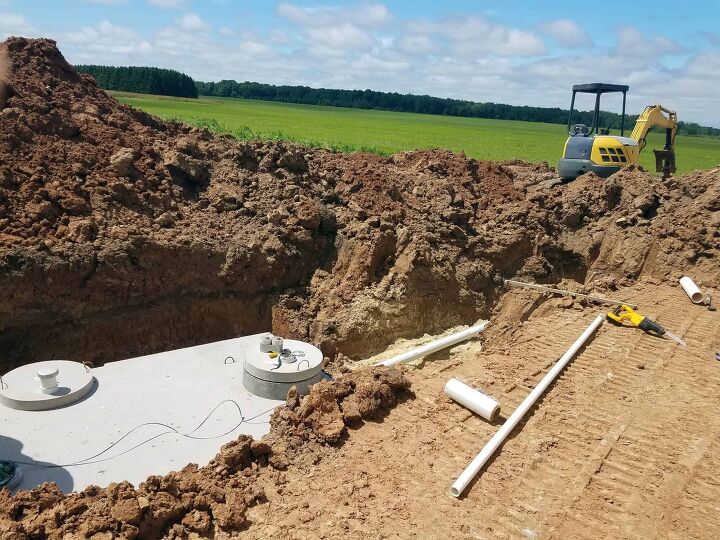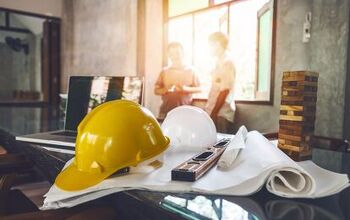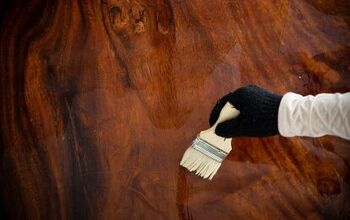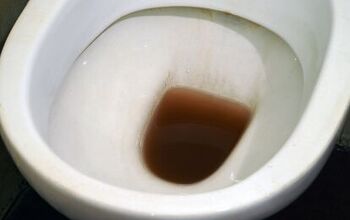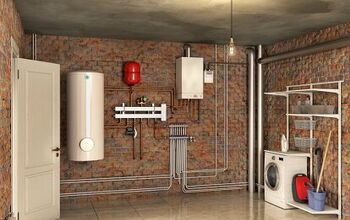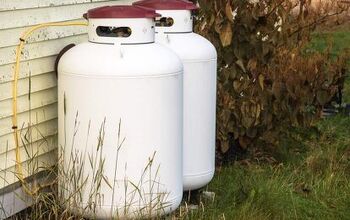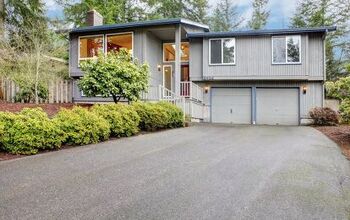How To Calculate Septic Drain Field Size

A septic tank needs ample space to drain. And without knowing precisely how big your field should be, it can lead to ground contamination at worst and a nasty cleanup effort at best. Taking the proper precautions beforehand will save you a lot of headaches in the long run.
So, how do you determine the septic drain field size? First, you need to figure out the septic absorption field size and calculate how large the drain field needs to be. Afterward, you will need to know the trench line’s positioning and combine all of these to determine your septic drain field size.
This guide will walk you through how to calculate all of these aspects of your septic drain field so that you can accurately determine the correct size. Furthermore, we’ll provide some more information on septic drain fields, so you know exactly what it is that you’re dealing with.
Related Content: How To Locate Septic Tank Field Lines | Septic Tank Dimensions| Do You Need A Permit To Dig A Trench? | Why Is There Water Around My Septic Tank? | Can You Build A Garage Over A Septic Field?
Do You Need a Septic System Installation or Replacement?
Get free, zero-commitment quotes from pro contractors near you.

More About Septic Drain Fields
There are plenty of different things to take into consideration when setting the size of your septic drain field. The septic drain field is also known by a number of different names. Perhaps you have heard it called absorption beds, leaching beds, leach fields, soak-away beds, or soil absorption systems.
Whatever you know it by, the reasoning for it is simple. They are meant to treat and dispose of any onsite wastewater. These systems are also known as your septic systems. This guide will take you through the different absorption systems out there. These are deep trench, cut-and-fill, shallow trench, conventional trenches, as well as gravel less septic systems.
How To Determine the Septic Absorption Field Size
Generally speaking, a conventional septic tank will perform somewhere around 45% to 50% of the sewage treatment for a private home that has a septic system. This can be less depending on the treatment system being used.
What’s left? The rest of it is wastewater treatment, and the liquid disposal of this wastewater is meant to take place in your septic drain field. Also, keep in mind that there isn’t a “right size”; the size can depend on some variables like daily wastewater volume and the rate that the soil can take in that liquid.
There are different types of systems that can get the job done, and one will likely have a better fit for your situation than others will.
How Large Does The Drain Field Have To Be?
To know what size drain field that you need (square footage, generally), it can depend on the aforementioned soil absorption or “soil percolation” rate. Lots that have an excellent percolation rate is around one inch in three minutes. This would require around 450 square feet of drain field for an average three-bedroom home.
Take that same home, but it has a poor rate of soil percolation; call it an hour per inch. In this instance, you would need about 900 square feet for the drain field. This is meant to combat the poor drainage in that soil.
How Septic Leach Fields Are Built
The drain field – or any of the aforementioned names – are generally built by using perforated effluent distribution pipes and placing them either in a field or in a bed of gravel. A leach field will be multiple trenches that can be as big as 100 feet long and maybe 1-3 feet wide. Generally, you would want them to be separated by about six feet, maybe more depending on what your local requirements are.
When constructing a leach field, it is a good idea to leave some space between those original lines so that if there is a need, replacement leach lines can be installed. It is basically leaving room for error if the initial lines are not working correctly.
Specifications Of A Septic Trench Line
Most commonly, drain fields will have a series of perforated pipes that will get buried in trenches that are filled with gravel. There are other ways to construct a drain field, but this is perhaps the most common way available.
If you have a sloped property, you will want to make sure that it is installed across the slope line. The point here is to make sure that the effluent doesn’t rush down and just leaks out at the end of your drain line pipe.
Most professionals will say that the slopes of these drain field trench piping systems are “level.” Still, they will have a slight slope to them, somewhere in the region of 1/8-inch per foot and less in some instances.
Up Or Down Positioning?
The drains running in the trench of the septic trench line are placed on that bed of gravel and then covered over top with even more gravel. Make sure that you don’t put the pipe at the bottom of the trench before you have lined it with a gravel base.
When placing perforations in the pipe, put them at the 5 and 7 o’clock positions. That means you’re not going to end up storing or collecting sludge in your pipes or the effluent at the bottom of the pipe. This will save some headaches in the long run.
When not placing that drain field pipe with its perforations and one row of holes facing straight down, this actually means deferring the pipe’s clogging and its effluent drain openings. This is the “up or down” argument in a nutshell.
Drain Field Trench Specifications
For the depth of your drain field trench, a good rule of thumb is that it should be somewhere in the range of 18 to 30 inches. The maximum soil cover over your field should be 36-inches tops. The USDA will recommend 2-5 feet overall, so the 36 inches would fall between that range.
It is a good idea in colder climates to make sure that the drain field trenches are more in-depth than normal. This also means that even though the effluent disposal might be protected from eventually freezing, the treatment may end up being marginal.
Drain Field Trench Width
In most cases, the width of septic trenches will be in the 8 to 12-inch range, though there are also 18-inch to 36-inch wide trenches. These are all conventional designs when it comes to your septic drain field.
Whatever the width may be, there is something to consider for design purposes. That is that each linear foot of your drain field line is supposed to provide about one square foot for the drainage area. This is according to health department or building code septic approving authorities.
Proper Drain Field Trench Spacing And Length
When you dig out the trenches or have them dug out, make sure that they are about 6 feet apart from the center of the pipe to the next center of the pipe. This is so that replacement trenches can be inserted should the first set of pipes fail.
As for the length of the trenches, these are typically in the 150-foot range. Of course, depending on the soil drainage and the size of the tank, it can be up to three times that length. While it would be easy to recommend a length, it all comes down to the site involved and any soil conditions.
Ultimately, creating the right trench has a few basic ground rules, but there are some variations that can create differences from what you may expect. It is best to have a professional come out to survey the site and at least make recommendations if you plan to do the installation yourself. It is better to be safe than sorry when talking about the measurements needed for a drain field.
Related Questions
How deep is a septic leach field?
How many feet of septic chambers do I need?
What can I do about a saturated septic field?
Do You Need a Septic System Installation or Replacement?
Get free, zero-commitment quotes from pro contractors near you.

In Summary
Related Guides

Ryan Womeldorf has more than a decade of experience writing. He loves to blog about construction, plumbing, and other home topics. Ryan also loves hockey and a lifelong Buffalo sports fan.
More by Ryan Womeldorf



